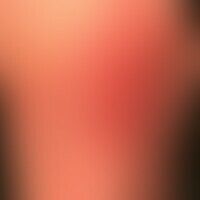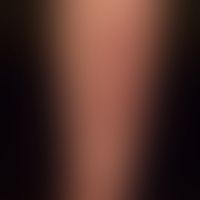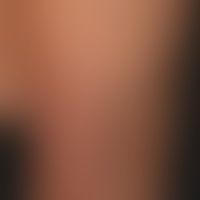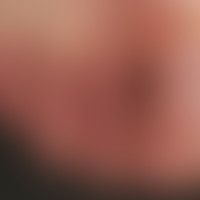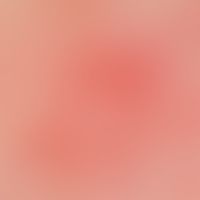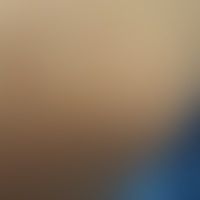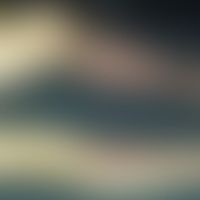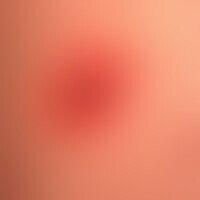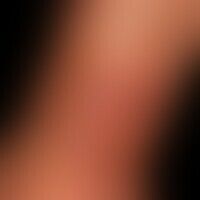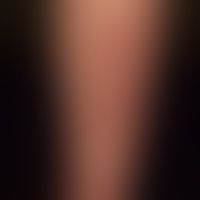
Vasculitis leukocytoclastic (non-iga-associated) D69.0; M31.0
Vasculitis leukocytoclastic (non-IgA-associated): multiple, since about 1 week existing, localized on both lower legs, irregularly distributed, 0.1-0.2 cm large, confluent in places, symptomless, red, smooth spots (not compressible).
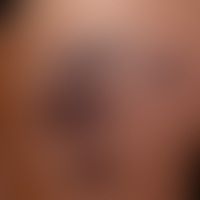
Ecchymosis syndrome, painful R23.8
Ecchymosis syndrome, painful seti 6 months of recurrent, painful, extensive skin bleeding on the abodes and extremities in an otherwise healthy 69-year-old female patient
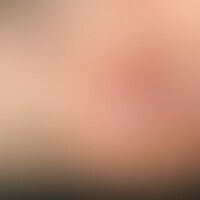
Melanoma amelanotic C43.L
melanoma malignes amelanotic: since early childhood a pigment mark is known at this site. continuous growth for several years. for half a year extensive ulceration of the node. no significant symptoms.
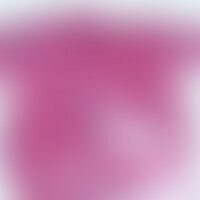
Insect bites (overview) T14.0
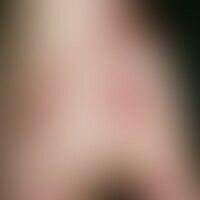
Artifacts L98.1
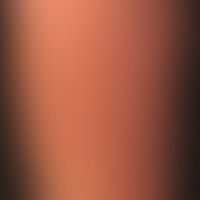
Erythema migrans A69.2
erythema chronicum migrans. shown here is a finding about 3 months old. approx. 10 days after (rememberable) puncture, a painless, non-itching circular erythema developed, only moderately well distinguishable from normal skin. 3 months later the doctor was consulted.

Erysipelas A46
Erysipelas. hemorrhagic blistering and erosions on sharply defined erythema in the area of the foot.
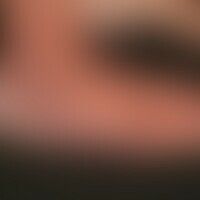
Acrodermatitis chronica atrophicans L90.4
Acrodermatitis chronica atrophicans. Clearly visible, flaccid skin atrophy and edematous redness on the right foot in a serologically proven infection with Borrelia bacteria. The patient spends several months every summer in the Black Forest.
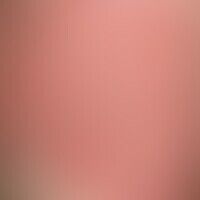
Pemphigoid bullous L12.0
Pemphigoid, bullous. detail enlargement: multiple, originally tight blisters, which have largely emptied and are localized on flat erythema. in some blisters the bladder roof has already completely detached, therefore multiple small erosions and crusts are visible.

Necrobiosis lipoidica L92.1
Necrobiosis lipoidica: different clinical sections. frontal, large, little indurated, slightly reddened plaque with atrophic surface. lateral a 3.5 cm diameter medal-shaped plaque with a slightly marginalized edge.
